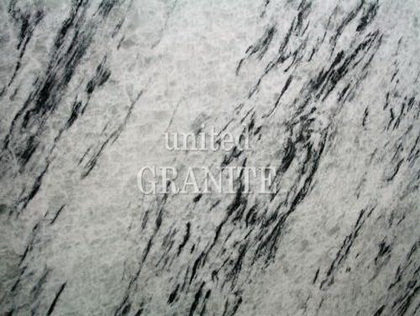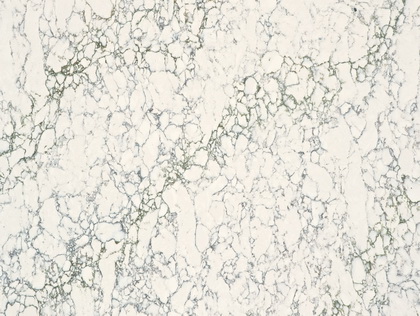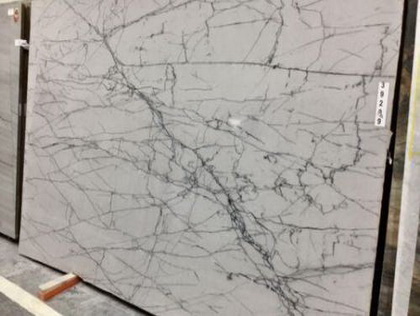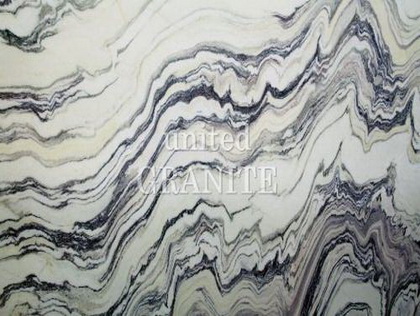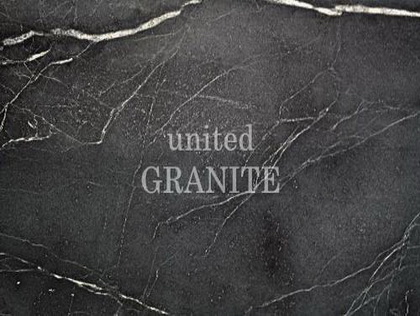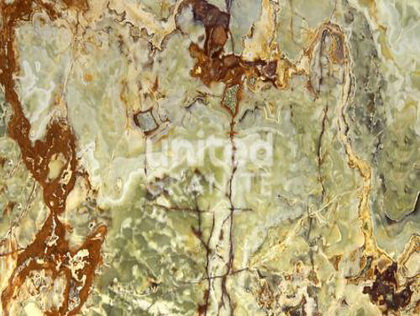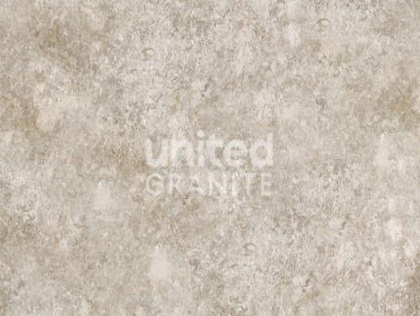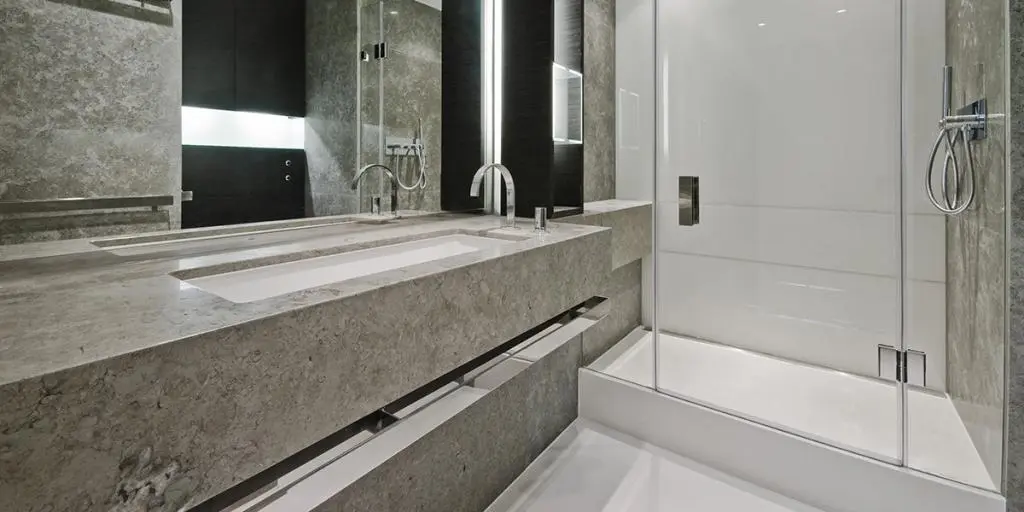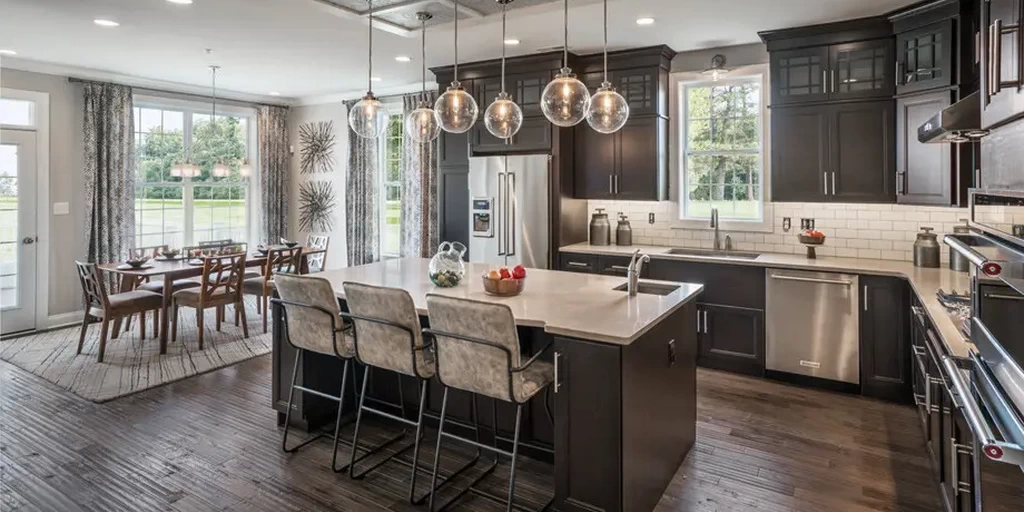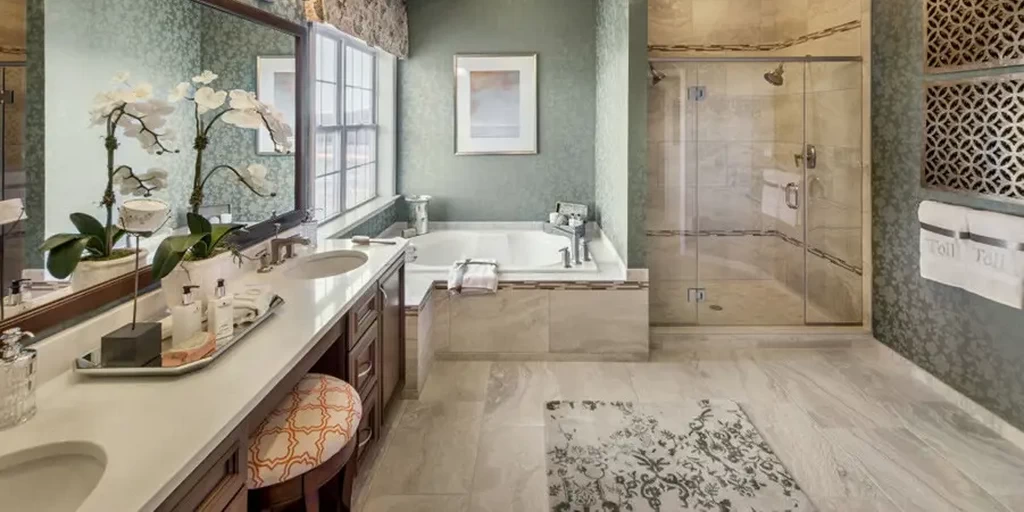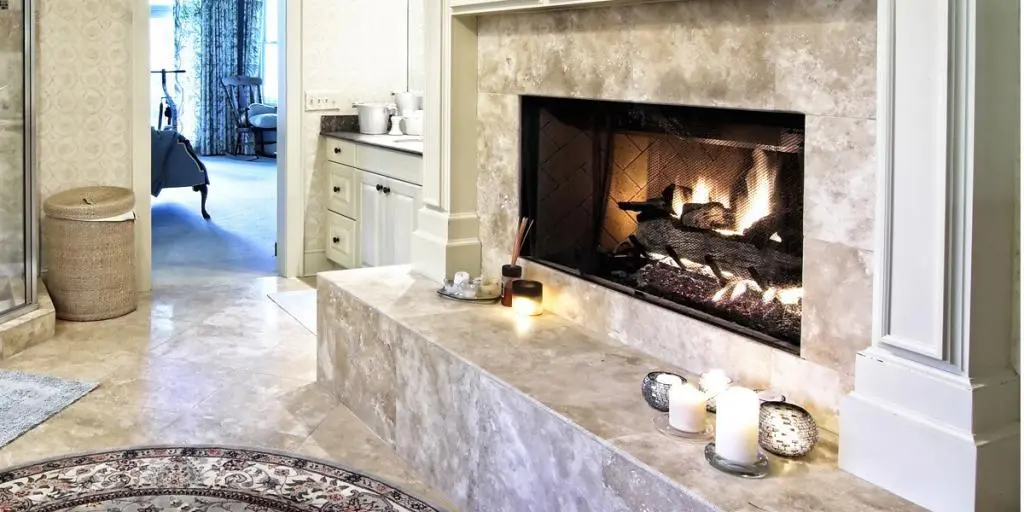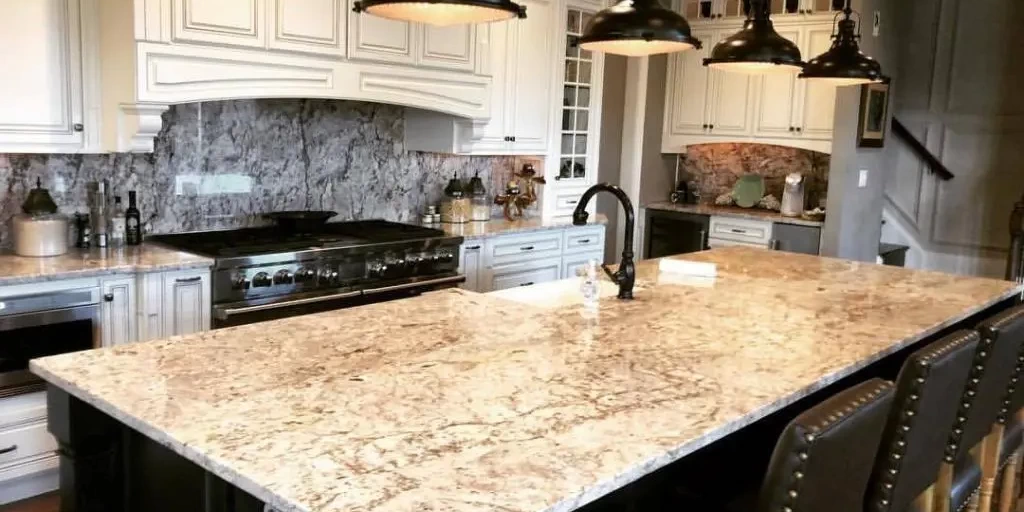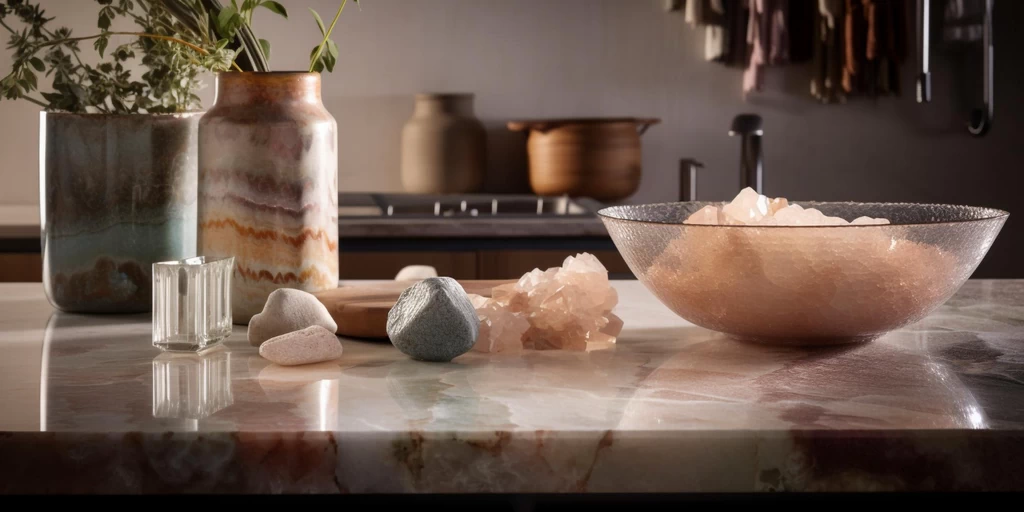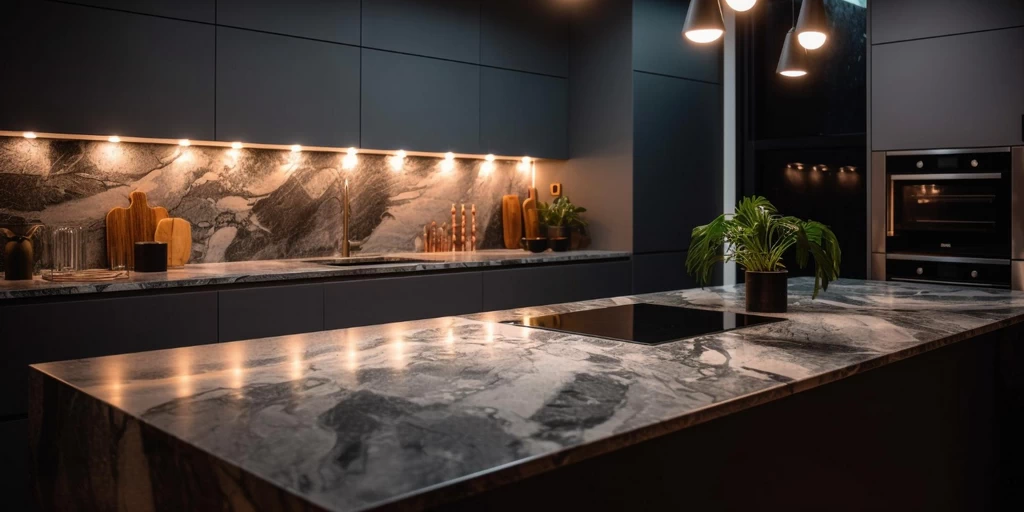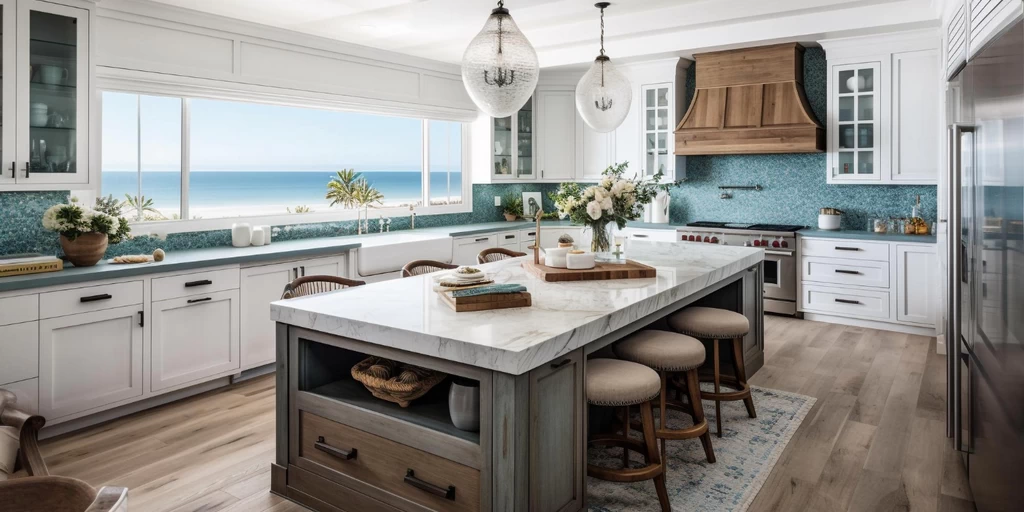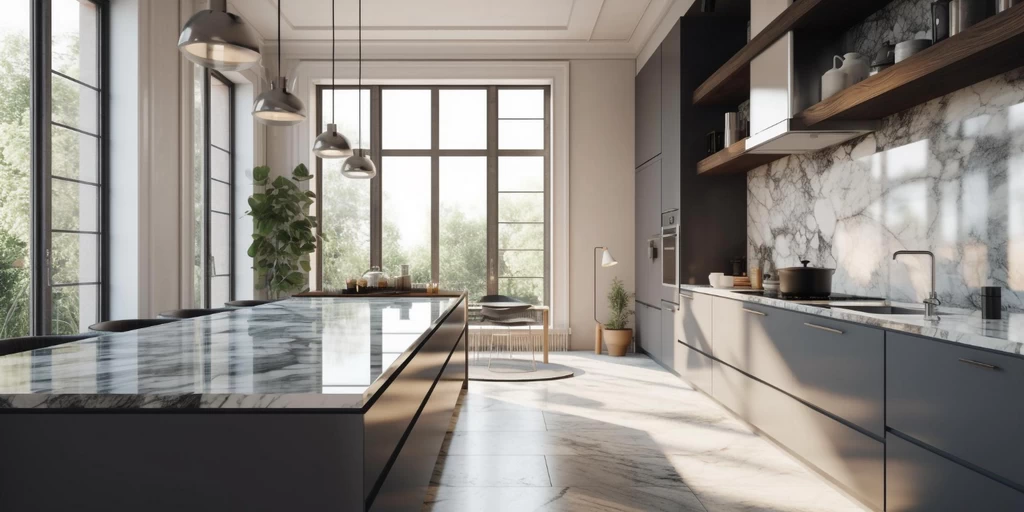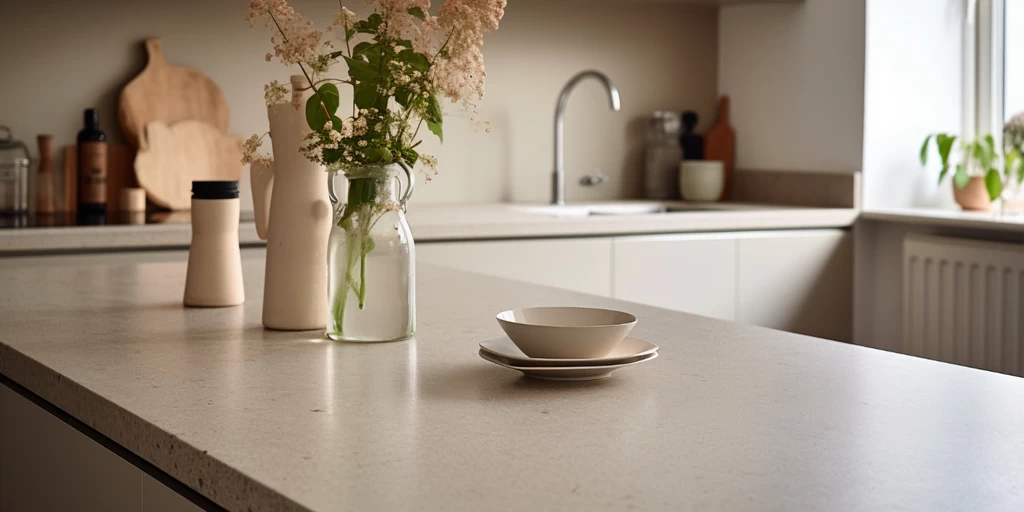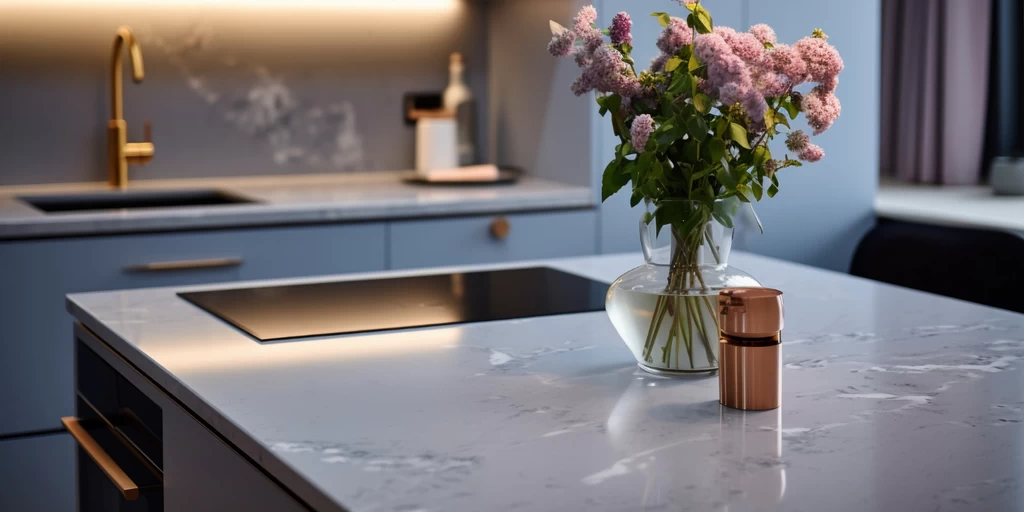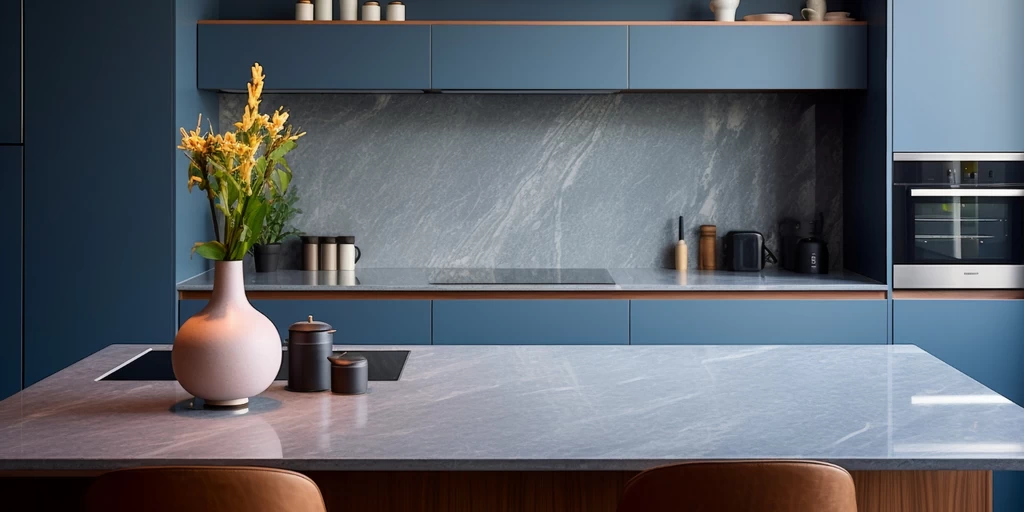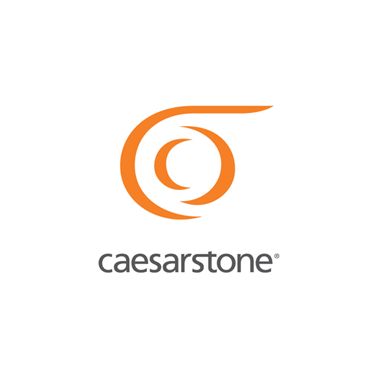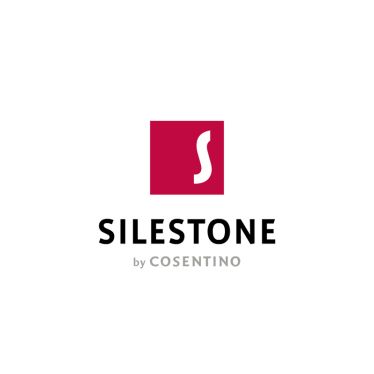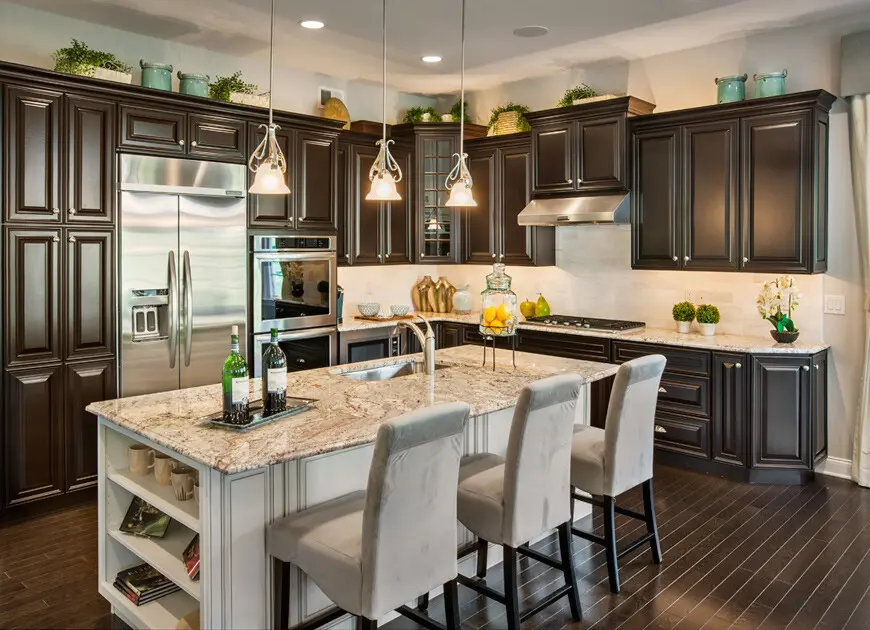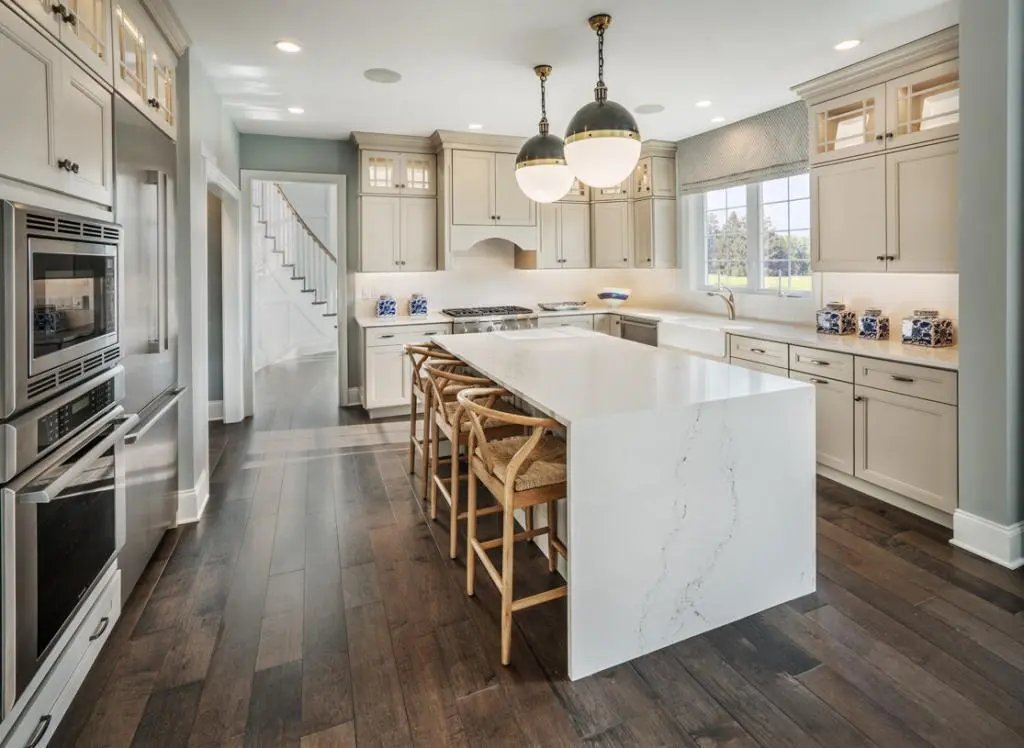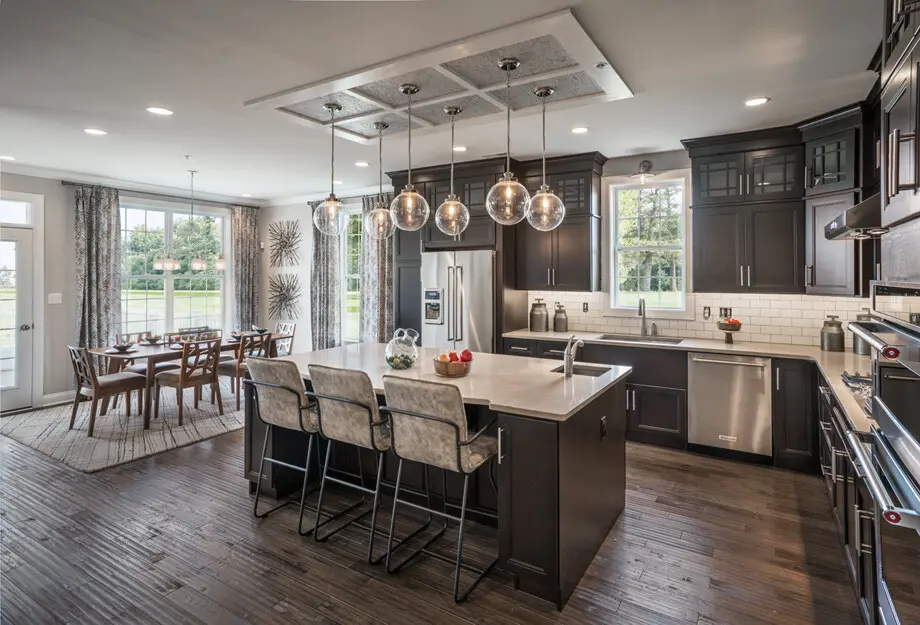Granite Quartz Countertops Store Material Selection
Find the perfect material for your lifestyle at unitedgranitemd. We offer an extensive library of more than 2,000 stone colours. Materials are available in our warehouses. Click on the images below to see more and make a selection.
It’s Easy To Get A Quote!

Call Us Agent
Customer service offers a friendly voice to save you time and money. We’re here to answer your questions during our regular business hours.

Get an Online Estimate
Our free and easy to use online estimate tool will provide your project information directly to our sales team for a prompt response.
Why You Should Work With Us

For our customers
We carefully plan and deliver every part of the process while protecting your needs.

No Hidden Costs
No hidden costs. Rest assured that the price quoted ( after the actual digital template ) is the price you will pay.

Biggest Stone Selection
United Granite MD carries a vast selection of Quartz, Quartzite, Granite, Marble, and Dolomite slabs.

Quick Return
Thanks to our, fully stocked production facilities, we can have your new custom surface ready in

Big Savings
Considering your budget our team will ensure you get the best offer for your new custom surface.

The latest technology
All of our machines use the latest CNC and CAD technology to ensure precise cuts every time.

Trusted Brands
Our showrooms carry the highest quality materials from trusted brands around the world.

Quality Workmanship
With a team of professionals, we have trusted experience in custom stone surface fabrication and installation

One Stop Shop For Countertop
The widest range of natural stone products.
What Our Clients Say About Us
EXCELLENT
Frequently Asked Questions
Whether quartz is cheaper than granite depends on various factors, including the specific type of stone, its availability, and the seller. Generally, quartz countertops tend to be slightly less expensive than granite countertops. However, there can be significant overlap in pricing between the two materials.
Here’s a comparison of the average cost of quartz and granite countertops:
-
Quartz: \$50 to \$150 per square foot
-
Granite: \$40 to \$100 per square foot
As you can see, the price range for both materials is relatively wide. This is because the cost of each stone can be influenced by various factors, such as:
-
Stone Type: Within each material category, there are different types of quartz and granite with varying prices. For instance, some quartz varieties, such as Calacatta or Taj Mahal, are more expensive due to their rarity and high demand. Similarly, certain granite types, like Black Impala or Labradorite, command higher prices due to their unique appearance and durability.
-
Availability: The availability of a particular quartz or granite slab can also affect its cost. If a specific stone is in high demand or scarce in your region, its price may be higher.
-
Supplier: The pricing of countertops can also vary depending on the supplier. Different companies may have different pricing strategies, overhead costs, and access to stone sources.
-
Location: Installation costs and labor rates can vary depending on your location. In areas with higher labor costs, the overall cost of countertops, including installation, may be higher.
In general, quartz countertops are considered a more affordable option compared to granite countertops. This is because quartz is a manufactured material, and its production costs are generally lower than those of quarrying and processing natural granite slabs.
However, there are cases where granite countertops may be cheaper than quartz. For instance, if you opt for a basic type of granite that is readily available in your area, you may find it more affordable than a high-end quartz variety.
Ultimately, the best way to determine which material is more cost-effective for your specific project is to obtain quotes from multiple countertop suppliers in your area. This will give you a more accurate comparison of the pricing for both quartz and granite countertops based on your preferences and the availability of materials in your region.
The most expensive natural stone for countertops varies depending on the specific type of stone, its rarity, and the supplier. However, some of the most expensive natural stones for countertops include:
-
Taj Mahal Quartzite: This stunning quartzite is known for its white background with delicate veins of gray and gold. It is a very rare stone, and its price can range from \$200 to \$400 per square foot.
-
Calacatta Marble: This luxurious marble is prized for its white background with bold veins of gray and blue. It is a popular choice for high-end kitchens and bathrooms, and its price can range from \$150 to \$300 per square foot.
-
Azul Macaubas Quartzite: This quartzite is known for its deep blue background with veins of white and gold. It is a very hard and durable stone, and its price can range from \$120 to \$250 per square foot.
-
Statuario Marble: This white marble is known for its clean, uniform appearance. It is a popular choice for contemporary kitchens, and its price can range from \$100 to \$200 per square foot.
-
Black Impala Granite: This granite is known for its deep black background with flecks of silver and gold. It is a very durable stone, and its price can range from \$80 to \$150 per square foot.
It is important to note that these are just a few examples, and the prices of natural stone countertops can vary widely. The best way to get an accurate quote is to contact a local countertop installer.
Natural stone countertops are made from various types of igneous, metamorphic, and sedimentary rocks that have been quarried and cut into slabs for use in kitchens, bathrooms, and other spaces. These stones are prized for their unique beauty, durability, and ability to add a touch of elegance to any home. Here are some of the most popular types of natural stone used for countertops:
-
Granite: Granite is an igneous rock that is formed from the cooling and solidification of magma deep within the Earth. It is composed of various minerals, including feldspar, quartz, and mica, which give it its distinctive speckled appearance. Granite is known for its exceptional durability, scratch resistance, and heat resistance, making it a popular choice for countertops.
-
Quartzite: Quartzite is a metamorphic rock that is formed from sandstone that has been subjected to intense heat and pressure over millions of years. This process transforms the sandstone into a hard, non-porous stone that is similar to granite in appearance. Quartzite is known for its exceptional durability, scratch resistance, and heat resistance, as well as its low maintenance requirements.
-
Marble: Marble is a metamorphic rock that is formed from limestone that has been subjected to heat and pressure. It is composed mainly of calcite, which gives it its smooth, polished surface and unique veining patterns. Marble is known for its timeless elegance and beauty, but it is also more susceptible to scratches, stains, and etching than other natural stones.
-
Soapstone: Soapstone is a metamorphic rock that is composed mainly of talc. It is known for its soft, velvety texture, heat resistance, and natural patina that develops over time. Soapstone is a good choice for countertops that will receive a lot of use, as it is not easily scratched or chipped.
-
Limestone: Limestone is a sedimentary rock that is formed from the accumulation of calcium carbonate particles. It is available in a wide variety of colors and textures, ranging from smooth and polished to rustic and weathered. Limestone is a versatile choice for countertops, but it is more porous than other natural stones and requires regular sealing to prevent staining.
In addition to these popular choices, there are many other types of natural stone that can be used for countertops, each with its own unique characteristics. When choosing a natural stone for your countertops, it is important to consider your lifestyle, budget, and aesthetic preferences to find the material that best suits your needs.
Determining the ideal natural stone for countertops depends on your specific needs and preferences. While each material offers unique advantages and disadvantages, here’s a breakdown of some popular options to help you make an informed decision:
Granite: Renowned for its exceptional durability and scratch resistance, granite is a classic choice for countertops. Its natural beauty, characterized by vibrant patterns and a polished finish, elevates any kitchen or bathroom. However, granite’s porous nature necessitates regular sealing to prevent staining.
Quartzite: Often mistaken for granite due to its similar appearance, quartzite is a metamorphic rock known for its exceptional hardness and resistance to scratches, stains, and heat. Unlike granite, quartzite doesn’t require sealing, making it a low-maintenance option. However, quartzite is typically more expensive than granite.
Marble: Prized for its timeless elegance and unique veining patterns, marble adds a touch of luxury to any space. Its smooth, polished surface is a visual delight. However, marble is more susceptible to scratches, stains, and etching, requiring regular sealing and careful maintenance.
Soapstone: Known for its soft, velvety texture and heat resistance, soapstone is a unique choice for countertops. Its naturally occurring patina develops over time, adding character and charm. However, soapstone is prone to scratches and requires regular oiling to maintain its appearance.
Limestone: Limestone offers a variety of colors and textures, ranging from smooth and polished to rustic and weathered. It’s a versatile option that complements various styles. However, limestone is more porous than other natural stones, making it more susceptible to staining and requiring regular sealing.
Ultimately, the best natural stone for your countertops depends on your individual needs and preferences. Consider factors such as durability, maintenance requirements, aesthetic appeal, and budget to determine which material aligns best with your expectations.
Determining whether engineered stone is better than marble depends on your priorities and preferences. Both materials offer distinct advantages and disadvantages, making the choice a matter of careful consideration. Here’s a comparison of engineered stone and marble:
Engineered Stone:
Advantages:
-
Non-porosity: Engineered stone’s non-porous surface makes it resistant to stains, bacteria, and etching, requiring minimal sealing.
-
Low Maintenance: Engineered stone requires minimal maintenance, simply wiping with a damp cloth and mild cleanser.
-
Uniform Appearance: Engineered stone exhibits a consistent pattern and color throughout, providing a clean and modern aesthetic.
-
Durability and Strength: Engineered stone is highly durable and resistant to scratches, chips, and cracks.
Disadvantages:
-
Seams: Engineered stone countertops may have visible seams where slabs are joined, which some may find aesthetically unappealing.
-
Heat Sensitivity: Engineered stone can handle moderate heat, but extreme heat sources may cause scorching or discoloration.
-
Cost: Engineered stone is generally more expensive than laminate or tile, but less expensive than marble.
Marble:
Advantages:
-
Unique Beauty: Marble offers a timeless and elegant appearance due to its natural veining and color variations.
-
Heat Resistance: Marble is moderately heat-resistant, making it suitable for handling hot pots and pans.
-
Durability: Marble is a durable material that can withstand heavy use when properly cared for.
Disadvantages:
-
Porosity: Marble’s porous nature makes it susceptible to staining and etching, requiring regular sealing to maintain its appearance.
-
High Maintenance: Sealing and specialized cleaning products are necessary to protect marble from stains and maintain its luster.
-
Potential for Cracking and Chipping: Marble can be more susceptible to cracking and chipping than engineered stone.
-
Cost: Marble is generally more expensive than engineered stone.
Choosing the Right Material:
When deciding between engineered stone and marble, consider your priorities and preferences:
-
Aesthetics: If a clean, modern look is desired, engineered stone may be a better choice. For those who prefer the natural beauty and elegance of marble, the latter would be more suitable.
-
Maintenance: If low maintenance is a priority, engineered stone’s easy-care surface is advantageous. However, if you’re willing to invest in ongoing care and sealing, marble’s durability and unique aesthetic could outweigh the maintenance requirements.
-
Cost: If budget is a significant factor, engineered stone may be a more affordable option. However, marble’s unique beauty and heat resistance could justify its higher cost for some.
Additional Considerations:
-
Location: If you live in an area with high humidity, engineered stone’s resistance to moisture may be a better choice than marble.
-
Foot Traffic: If your countertops will experience high foot traffic, engineered stone’s durability may be advantageous.
-
Personal Style: Ultimately, the decision between engineered stone and marble depends on your individual taste and preferences. Consider the overall style of your kitchen or bathroom to choose the material that complements your aesthetic.
Carefully weigh the pros and cons of each material to determine which one aligns better with your priorities and budget.
Determining whether engineered stone is better than granite depends on your priorities and preferences. Both materials offer distinct advantages and disadvantages, making the choice a matter of careful consideration.
Engineered Stone:
Advantages:
-
Uniform Appearance: Engineered stone exhibits a consistent pattern and color throughout, giving it a clean and modern aesthetic.
-
Non-Porous Surface: Engineered stone’s non-porous nature makes it resistant to bacteria and stains, reducing the need for frequent sealing.
-
Low Maintenance: Engineered stone requires minimal maintenance, simply wiping with a damp cloth and mild cleanser.
-
Durability and Strength: Engineered stone is highly durable and resistant to scratches, chips, and cracks.
Disadvantages:
-
Visible Seams: Engineered stone countertops may have visible seams where slabs are joined, which some may find aesthetically unappealing.
-
Heat Sensitivity: Engineered stone can handle moderate heat, but extreme heat sources may cause scorching or discoloration.
-
Repair Limitations: Deep scratches or chips may require professional repair, which can be costly.
Granite:
Advantages:
-
Natural Beauty: Granite offers a unique and varied appearance due to its natural origins, providing a distinctive character to any space.
-
Heat Resistance: Granite is highly heat-resistant, making it suitable for handling hot pots and pans without damage.
-
Durability: Granite is known for its exceptional durability and can withstand heavy use without significant wear or tear.
Disadvantages:
-
Porous Surface: Granite’s porous nature makes it susceptible to staining and requires regular sealing to maintain its appearance.
-
Maintenance Requirements: Sealing and occasional cleaning with specialized products are necessary to maintain granite’s luster and protect it from stains.
-
Potential for Variation: Granite slabs can vary in color and pattern, which may not always match the desired aesthetic.
-
Cost: Granite is generally more expensive than engineered stone, making it a higher-end investment.
Choosing the Right Material:
When deciding between engineered stone and granite, consider your priorities and preferences:
-
Aesthetics: If a uniform, modern look is desired, engineered stone may be a better choice. For those who prefer the natural beauty and variation of granite, the latter would be more suitable.
-
Maintenance: If low maintenance is a priority, engineered stone’s easy-care surface is advantageous. However, if you’re willing to invest in ongoing care, granite’s durability and heat resistance may outweigh the maintenance requirements.
-
Cost: If budget is a significant factor, engineered stone may be a more affordable option. However, granite’s long-lasting nature and unique aesthetic could justify its higher cost for some.
Ultimately, the decision between engineered stone and granite depends on your individual needs and preferences. Carefully weigh the pros and cons of each material to determine which one aligns better with your priorities and budget.
While engineered stone countertops offer a plethora of advantages, they also come with a few potential drawbacks that should be considered before making a decision. Here’s a rundown of the main disadvantages of engineered stone countertops:
-
Seams: Engineered stone countertops are typically fabricated from slabs that are joined together using seams. While these seams can be professionally concealed, they may still be slightly visible, especially in well-lit areas. This may not be a major concern for some, but it’s worth considering if you prefer a seamless appearance.
-
Heat Sensitivity: While engineered stone can withstand moderate heat, it’s still susceptible to damage from extreme heat sources. Placing hot pots or pans directly on the countertop without a trivet or heat pad can cause scorching or discoloration.
-
Cost: Engineered stone countertops generally fall in the mid- to high-end price range, making them more expensive than some other countertop options like laminate or tile. However, their durability and low maintenance can make them a cost-effective choice in the long run.
-
Limited Repair Options: While engineered stone is scratch-resistant, it’s not completely scratch-proof. Deep scratches or chips may require professional repair, which can be costly.
-
Environmental Impact: The manufacturing process of engineered stone can have some environmental impact, primarily due to the use of resin and pigments. However, many manufacturers are now adopting eco-friendly practices to minimize their environmental footprint.
Despite these disadvantages, engineered stone countertops remain a popular choice for many homeowners due to their overall durability, aesthetic appeal, and ease of maintenance. Carefully weigh the pros and cons to determine if engineered stone countertops are the right choice for your kitchen or bathroom.
Yes, engineered stone is an excellent choice for countertops due to its combination of durability, aesthetics, and ease of maintenance. Here are some of the key benefits of engineered stone countertops:
Durability: Engineered stone is incredibly durable and resistant to scratches, chips, and stains. It’s also non-porous, making it less susceptible to bacteria and mold growth. This durability ensures that your countertops will look their best for years to come, even with heavy use.
Aesthetics: Engineered stone comes in a wide variety of colors and patterns, allowing you to create a look that perfectly matches your style. You can find options that mimic the appearance of natural stone, such as granite or marble, without the inherent flaws and maintenance requirements of those materials.
Ease of Maintenance: Engineered stone countertops are easy to clean and maintain. Simply wipe them down with a damp cloth and mild soap or detergent to remove spills and stains. No need for harsh chemicals or sealants.
Additional Benefits:
-
Heat Resistant: Engineered stone can withstand high temperatures without scorching or warping, making it ideal for kitchens with hot pots and pans.
-
Low Maintenance: Unlike natural stone, engineered stone doesn’t require regular sealing or polishing, saving you time and effort.
-
Environmentally Friendly: Engineered stone is often made from recycled materials, making it a more sustainable choice than some natural stone options.
Overall, engineered stone countertops offer a combination of durability, aesthetics, and ease of maintenance that makes them an excellent choice for any kitchen or bathroom.
Choosing the right edge profile for your quartz countertops can significantly impact the overall aesthetic and functionality of your kitchen or bathroom space. Here’s a guide to help you select the most suitable edge profile for your quartz countertops:
Popular Edge Profiles for Quartz Countertops:
-
Bullnose Edge: A classic and versatile choice, the bullnose edge features a rounded profile that adds a touch of elegance and is easy to clean. It’s particularly well-suited for traditional or transitional kitchens.
-
Straight Edge: This modern and minimalist edge profile offers a sleek and clean look, perfect for contemporary kitchens. It’s also a practical option for maximizing counter space.
-
Bevel Edge: The bevel edge showcases a subtle slant, providing a touch of refinement without overwhelming the space. It complements a variety of kitchen styles, from traditional to modern.
-
Ogee Edge: This distinctive edge profile features an elegant S-shaped curve, adding a touch of sophistication and grandeur to your countertops. It’s ideal for traditional or formal kitchens.
-
Quarter Round Edge: This subtle rounded edge provides a clean and streamlined appearance, making it a popular choice for modern or contemporary kitchens.
-
Mitered Edge: This edge profile creates a seamless and visually striking appearance by joining two pieces of quartz countertops at a 45-degree angle. It’s a modern and sophisticated option that’s particularly well-suited for thicker countertops.
Factors to Consider When Choosing an Edge Profile:
-
Kitchen Style: Choose an edge profile that complements the overall style of your kitchen, whether it’s traditional, transitional, modern, or contemporary.
-
Countertop Thickness: Consider the thickness of your quartz countertops when selecting an edge profile. Some edges, like the bullnose, are suitable for thicker countertops, while others, like the straight edge, work well with thinner slabs.
-
Personal Preference: Ultimately, the best edge profile for your quartz countertops is the one that reflects your personal taste and preferences.
Additional Tips:
-
Seek Expert Advice: Consult with experienced countertop installers or designers to get personalized recommendations based on your specific needs and preferences.
-
View Samples: Ask your countertop supplier to provide samples of different edge profiles so you can visualize them in your space before making a final decision.
-
Consider Safety: If you have young children, consider choosing an edge profile that is smooth and rounded, such as a bullnose or quarter round, to minimize the risk of injury.
The most popular edging for countertops is the bullnose edge. It is a rounded edge that is easy to clean and maintain. It is also a good choice for families with young children, as it is not as sharp as other edges.
Here are some of the benefits of a bullnose edge:
- Easy to clean and maintain
- Safe for families with young children
- Gives the countertop a classic, elegant look
If you are looking for a modern or contemporary look, you may want to consider an eased edge or a beveled edge. These edges are more angular than a bullnose edge, and they can give your countertops a sleek, sophisticated look.
Here are some of the benefits of an eased edge or beveled edge:
- Modern and contemporary look
- Sleek and sophisticated appearance
- Can make your countertops look thinner
Ultimately, the best edging for your countertops will depend on your personal style and preferences. Consider the style of your kitchen or bathroom, as well as the safety of your family, when making your decision.
Dreaming of a countertop that looks as substantial as your style? ???? Let’s dive into the world of optical illusions and create the illusion of thickness effortlessly! ????????
- Mitered Edges: Meet the maestro of thickness! Mitered edges feature a seamless, joined corner, giving the appearance of a thick, solid slab. Modern, sleek, and instantly upscale.
- Waterfall Edges: Watch your countertop cascade into style! Waterfall edges gracefully spill down the sides, creating a visual impact that screams thickness. Perfect for a contemporary, robust look.
- Dupont Edges: Curves that deceive! The Dupont edge adds a gentle, rounded curve to your countertop, visually amplifying its thickness. A timeless choice for a substantial aesthetic.
Pro Tip: Combine the power of illusion! Pair mitered edges with a waterfall for an ultra-modern, thick countertop masterpiece that steals the show!
Why Thickness Matters:
- Luxury Vibes: A thicker look exudes luxury and sophistication.
- Visual Impact: Creates a focal point that draws attention to your kitchen.
- Versatile Styles: Whether modern or classic, the illusion of thickness adapts to any aesthetic.
Ready to make your countertops the envy of the neighborhood? Choose edges that play the thickness game like pros!
Unlock the Secret to Stunning Kitchens: The Edge Profile Magic!
Ever wonder what makes a kitchen pop? It’s the often-overlooked hero: the Edge Profile! ????✨
In a Nutshell: Your edge profile is the finishing touch on your countertop, defining its style and character. It’s the border that turns a slab of stone into a statement piece.
Let’s Break It Down:
- Beveled Edges: For those who love a subtle yet distinctive look, beveled edges feature a sleek, angled cut that adds a touch of sophistication. Clean lines, maximum style.
- Bullnose Edges: Classic charm at its best! Bullnose edges boast a rounded, softened edge, making them both timeless and easy to clean. Perfect for a warm, inviting vibe.
- Ogee Edges: Elegance personified! The S-shaped curve of Ogee edges brings a touch of traditional grace to your modern kitchen. An ideal choice for those who appreciate the finer things.
- Mitered Edges: Precision meets panache! Mitered edges showcase a seamless, joined corner that screams high-end luxury. A favorite for those aiming for a polished, contemporary feel.
- Waterfall Edges: Make a splash! Waterfall edges cascade down the sides, creating a continuous, flowing look. Modern, chic, and the epitome of on-trend design.
Why It Matters:
- Style Statement: Your edge profile sets the tone for your kitchen’s aesthetic.
- Functionality: Different edges offer varying degrees of ease when it comes to cleaning and maintenance.
- Personalization: Mix and match to create a bespoke look that mirrors your unique taste.
Ready to transform your kitchen into a masterpiece? Elevate it with the perfect edge profile – where style meets substance!
Elevate Your Kitchen Style with Trendy Countertop Edges!
Looking to give your kitchen a fresh vibe? Countertop edges are the secret sauce to instant elegance!
- Waterfall Edges: Ride the wave of sophistication with waterfall edges. This sleek design cascades down the sides, creating a seamless flow. Perfect for a modern and luxurious touch.
- Mitered Edges: When precision meets style! Mitered edges are sharp, clean, and ooze contemporary charm. Ideal for those craving a polished, high-end look.
- Bullnose Edges: Classic never goes out of style! Bullnose edges are rounded and timeless. They’re easy on the eyes, easy to clean, and perfect for a cozy, traditional kitchen.
- Beveled Edges: Add a touch of drama with beveled edges. These angled edges catch the light, creating a visually stunning effect. Ideal for those who want their countertops to steal the spotlight!
- Ogee Edges: Go for the curves! Ogee edges are all about that graceful, S-shaped curve. Elegant and elaborate, they bring a touch of old-world charm to your modern kitchen.
Pro Tip: Mix and match! Combine different edges for a custom look that’s as unique as you are. Whether it’s a chic combo of waterfall and mitered or a classic pairing of bullnose and beveled, let your creativity run wild!
Ready to transform your kitchen into a trendsetter’s paradise? Upgrade your countertops today!
Ah, choosing the perfect edge profile for your countertops – it’s like picking the right accessory for your favorite outfit! Let me guide you to countertop bliss with some snazzy options:
- Classic Elegance with Beveled Edge: Elevate your kitchen’s style game. The beveled edge adds a touch of sophistication, catching the light just right. It’s the Audrey Hepburn of countertop edges – timeless and effortlessly chic.
- Sleek and Modern with Straight Edge: Embrace the minimalist vibes with a straight edge. Clean lines for a sleek look that pairs well with any contemporary kitchen. It’s like the little black dress – always in fashion.
- Curves Galore with Bullnose Edge: If you’re all about smooth transitions, the bullnose edge is your go-to. It’s friendly, welcoming, and oh-so-comfortable. Perfect for a kitchen that’s the heart of your home.
- Bold and Beautiful Ogee Edge: Unleash your inner drama queen with the ogee edge. This intricate profile adds a touch of luxury and drama, transforming your kitchen into a royal haven. Channel your inner monarch!
- Rustic Charm with Chiseled Edge: Craving that farmhouse feel? The chiseled edge is your rustic companion. It’s like bringing a bit of the outdoors inside – perfect for a cozy, down-to-earth kitchen.
- Edge of the Future – Waterfall Edge: Take a leap into modernity with the waterfall edge. This futuristic marvel cascades seamlessly down the sides, turning your countertop into a work of art. Your kitchen, your gallery.
Remember, it’s not just an edge – it’s your kitchen’s signature. Choose wisely, and let your countertops speak volumes!
Blog Posts
The Ultimate Guide to Choosing the Perfect Granite Kitchen Countertop
By United Granite MD|2024-05-07T08:39:03+00:00May 7th, 2024|Categories: Uncategorized|
The Kitchen Countertop Conundrum: Unveiling a World of Materials
By United Granite MD|2024-05-07T08:32:43+00:00May 7th, 2024|Categories: Uncategorized|
The Most Popular Quartz Countertop Colors in 2024
By United Granite MD|2024-05-07T08:20:50+00:00May 7th, 2024|Categories: Uncategorized|
Call us for the widest range of natural stone products.
Call us (410) 540 9333

